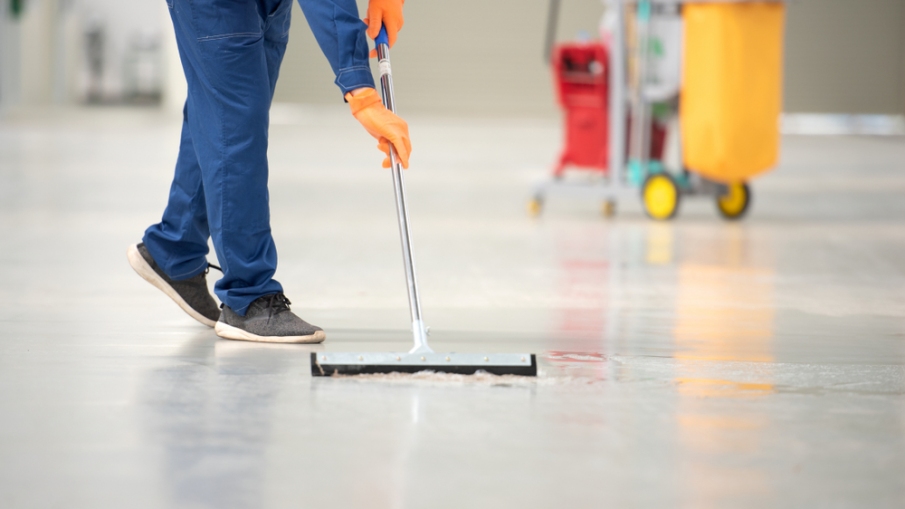Table of Contents
- Repairing Minor Damages
- Choosing the Right Flooring Materials
- Preparation Steps Before Installation
- Proper Installation Techniques
- Regular Cleaning Tips
- Removing Stains Effectively
- Protective Measures to Extend Lifespan
- Seasonal Maintenance Considerations
A well-maintained garage floor not only adds to the aesthetic appeal of your home but also increases its durability and lifespan. Whether you aim for a clean, polished look or robust protection against wear and tear, understanding how to care for your garage floor properly is crucial. One effective method for achieving durability and visual appeal is considering garage epoxy in Denver. Epoxy coatings are known for their high resistance to stains, cracks, and general wear, making them an excellent option for any garage.
Comprehensive knowledge about the steps involved in maintaining and enhancing your garage floor will save you time and money in the long run. Every aspect, from selecting suitable materials to addressing seasonal concerns, contributes to your garage floor’s overall quality and longevity. Let’s dive into the comprehensive guide below to transform your garage space into a durable and attractive part of your home.
Repairing Minor Damages
Small cracks or holes can compromise the strength of your garage floor if not addressed. Fortunately, these issues can be easily fixed using concrete patches or epoxy fillers. Regularly inspect your garage floor to catch these minor damages early. Timely repairs done by the right garage floor coating contractors near me help avoid minor problems escalating into significant issues requiring extensive and expensive interventions.
Choosing the Right Flooring Materials
The first step in a successful maintenance and enhancement routine is selecting the appropriate flooring material for your garage. Popular options include epoxy coatings and polished concrete. Epoxy is favored for its durability and resistance to spills and stains, making it ideal for high-traffic areas. In contrast, polished concrete offers a smooth and glossy look that can improve the visual appeal of your garage. Both materials offer unique benefits: epoxy is incredibly hard-wearing, while polished concrete can be more affordable and faster to install. Therefore, it’s essential to evaluate your specific needs before deciding.
Preparation Steps Before Installation
Adequate preparation is essential to guarantee the durability and functionality of all types of flooring materials. Begin by thoroughly cleaning the current surface to eliminate any dirt, grease, or other substances that may impede the bonding of the new material. In addition to cleaning, repairing any visible cracks or damages is essential. Use concrete fillers or patching compounds to address these issues. Furthermore, it ensures that the environment is suitable for installation, which includes controlling temperature and humidity levels. Skipping these preparatory steps can lead to poor adhesion, requiring costly repairs in the future.
Proper Installation Techniques
Whether DIY or professional, your installation method significantly affects how long your garage floor will last. One critical aspect is ensuring an even application of materials. For best results, follow the manufacturer’s guidelines closely, paying particular attention to recommended curing times. Improper application or inadequate curing can lead to bubbling, peeling, or other issues compromising the floor’s durability.
Regular Cleaning Tips
- Clean the floor frequently with a broom or vacuum to remove dust, dirt, and debris that may scratch or dull the surface.
- Mop with a mild detergent solution to maintain cleanliness and shine without causing damage to the flooring material. Harsh chemicals can deteriorate the surface.
- Immediately address spills to prevent them from staining and causing permanent damage. Liquid spills, such as oil or chemical spills, should be addressed promptly.
Removing Stains Effectively
Stains are inevitable when using your garage for various activities, but they don’t have to be permanent. Utilize absorbent substances such as cat litter or sawdust to absorb as much of the spill as possible when dealing with grease or oil stains. Next, use a stiff brush and a cleaning product to scrub the surface and remove grease. A paste made from baking soda and water applied to the affected area can work wonders for stubborn stains. To get more advice, refer to this useful source on removing oil stains from concrete.
Protective Measures to Extend Lifespan
Adding protective accessories like floor mats and garage door seals can significantly enhance the lifespan of your garage floor. Floor mats catch spills and debris before they reach the floor, thereby reducing the risk of staining and material degradation. Similarly, garage door seals keep out dust, dirt, and moisture, which are common culprits for flooring damage. Investing in these small accessories can provide substantial long-term benefits.
Seasonal Maintenance Considerations
Seasonal changes bring different challenges, and adjusting your maintenance routine is essential. During winter, salt, and snow can cause significant wear and tear on your garage floor. Installing a mud mat to catch salt and moisture can mitigate this issue. In warmer months, the heat can lead to the expansion and contraction of the flooring material. Make sure to control indoor temperatures whenever possible to minimize this risk. Understanding and planning for the specific challenges each season brings will help maintain the quality of your garage floor.


Leave a Reply